Carpal tunnel syndrome is a condition that occurs when the median nerve, one of the major nerves in the hand, is compressed and subjected to pressure within a structure called the carpal tunnel at the wrist level, due to various reasons.
Causes include repetitive hand and wrist movements (computer use, playing musical instruments such as piano or guitar, hand knitting, carpet weaving, etc.), wrist traumas, hypothyroidism, obesity, pregnancy, rheumatic diseases and tumors.
Important risk factors are heredity, older age and female gender.
Patients typically complain of numbness in the palm and fingers. Numbness is more pronounced in the thumb, index finger, and middle finger, which are the fingers innervated by this nerve. Numbness particularly occurs at night and wakes patients up from sleep. During the day, it occurs when doing works that causes the wrist to bend. In advanced stages of the disease, numbness becomes persistent, and pain in the wrist and weakness of the thumb begin. If the disease is left untreated, muscle atrophy occurs, especially in the area where the thumb meets the palm in addition to the above complaints, and the thumb becomes extremely weak.
The diagnosis is performed by some laboratory tests in addition to the patient's history and physical examination findings. The most commonly used method is electrophysiological tests. Ultrasound and MRI of the wrist can be used for diagnosis.
It is recommended to use an anti-inflammatory medication together with a wrist splint (brace) at the early stages in the treatment. The splint is worn day and night for about 20 days. In addition, corticosteroid injections and physical therapy applications can be used as other treatment options. Surgical treatment methods are applied in patients who do not benefit from these methods or in patients is diagnosed in advanced stages.
In the majority of patients with early and moderate stage of disease, symptoms can improve with these treatments in a short period of time such as 15-20 days. However, in patients with advanced stage disease and muscle atrophy, recovery may take longer and sometimes complete recovery may not be achieved. Early diagnosis and treatment are important.
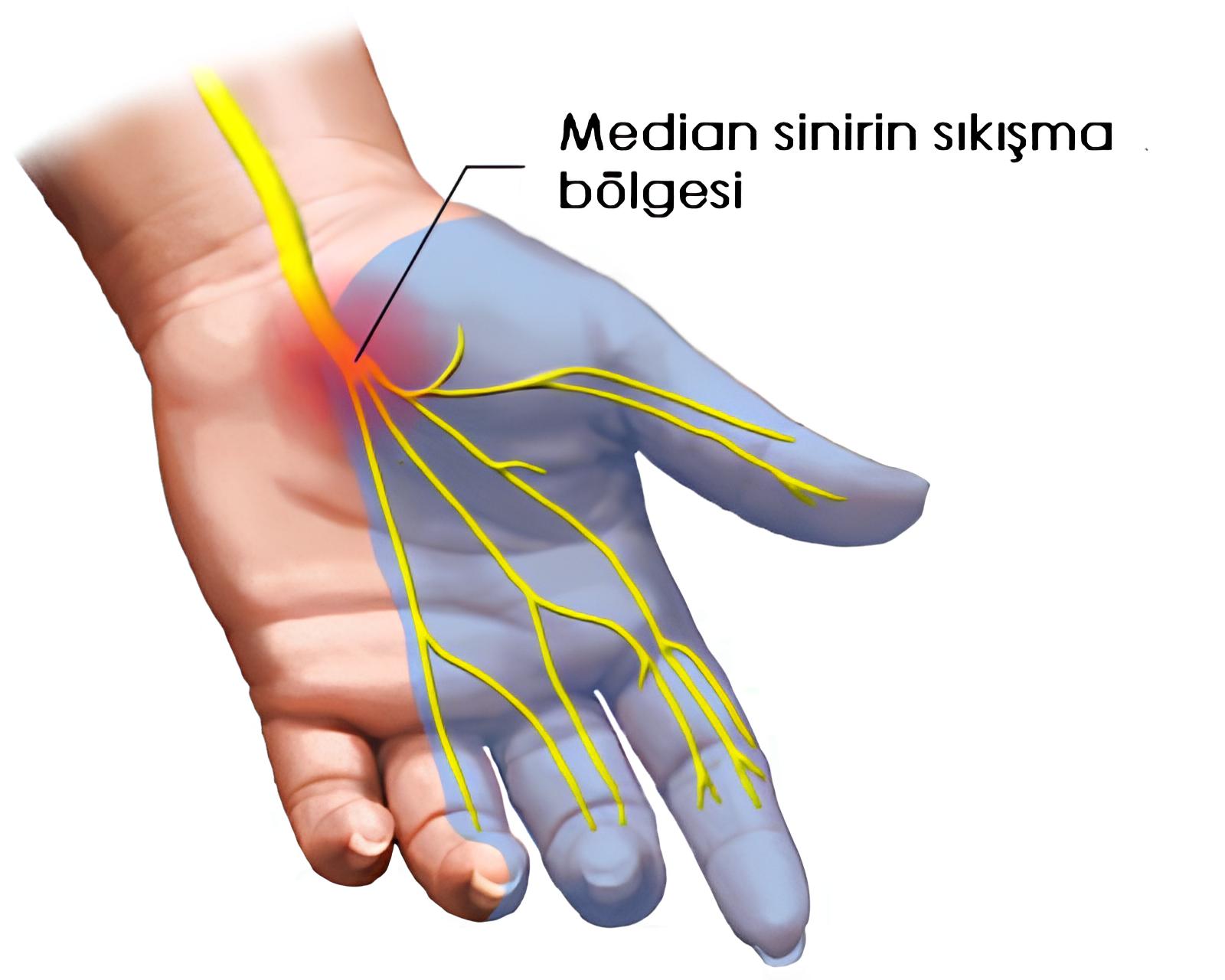
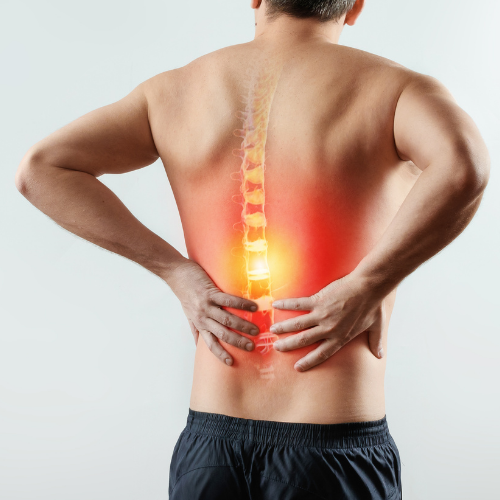
Herniated Discs Herniated discs in the neck (cervical), back (lumbar), or more rarely in the mid-back (thoracic) are illness caused by degeneration of structures called discs located between the spinal bones, due to various reasons such as trauma, heavy lifting, excess weight, aging, poor posture, and genetic predisposition. Following the degeneration of the annulus of […]
View in Detail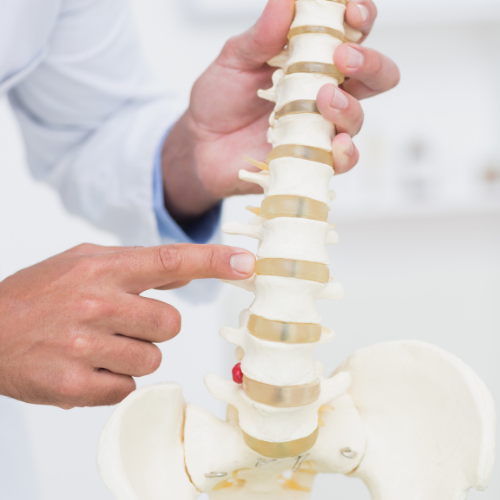
Spondylolisthesis (Spinal Dislocation) Spondylolisthesis, or spinal displacement, is the displacement of one or more vertebrae in the spine that are normally aligned, due to various reasons. This displacement can occur forwards, backwards, to the right, or to the left, affecting the neck, back, or lower back. It can occur in a single vertebra or multiple […]
View in Detail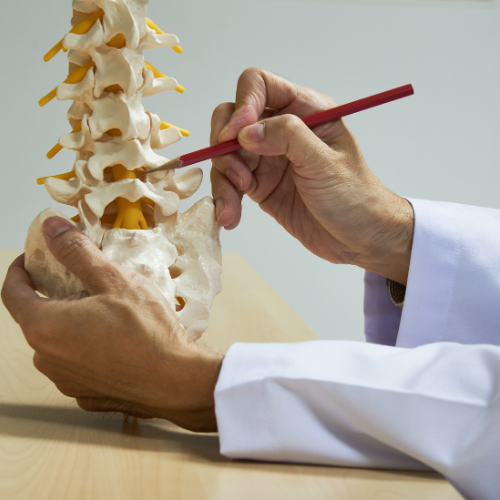
Spinal Stenosis (Spinal Canal Narrowing) Spinal stenosis mostly occurs due to degenerative changes associated with aging, which puts pressure on the spinal cord. As a person ages, the water content in the discs decreases, reducing disc height and narrowing the space between the vertebrae. The disc loses its flexibility and ability to absorb shocks to […]
View in Detail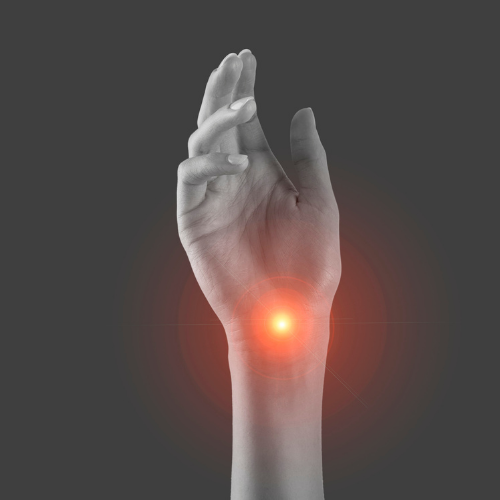
Carpal Tunnel Syndrome Carpal tunnel syndrome is a condition that occurs when the median nerve, one of the major nerves in the hand, is compressed and subjected to pressure within a structure called the carpal tunnel at the wrist level, due to various reasons. Causes include repetitive hand and wrist movements (computer use, playing musical […]
View in Detail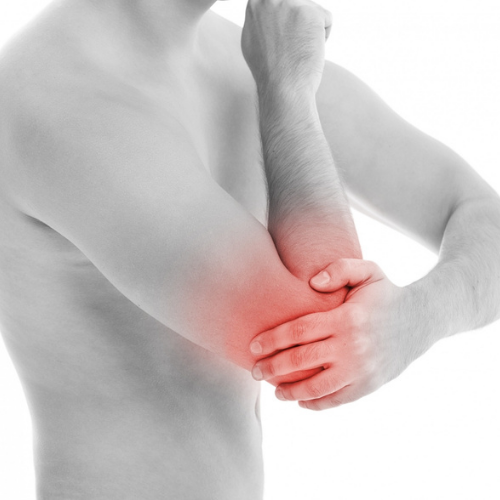
Cubital Tunnel Syndrome Cubital tunnel syndrome is a condition that occurs when the ulnar nerve, one of the three main nerves in the hand, becomes compressed or exposed to pressure at the elbow region. The nerve travels between two bony protrusions on the inner side of our elbow and passes through a structure called the […]
View in Detail
Brain Tumors The causes of brain tumors are not fully understood, but risk factors include radiation exposure, genetic disorders, a family history of tumors, diseases that affect the immune system, stress, and exposure to various environmental carcinogens. It is thought that brain tumors occur as a result of damage or improper function of specific genes […]
View in Detail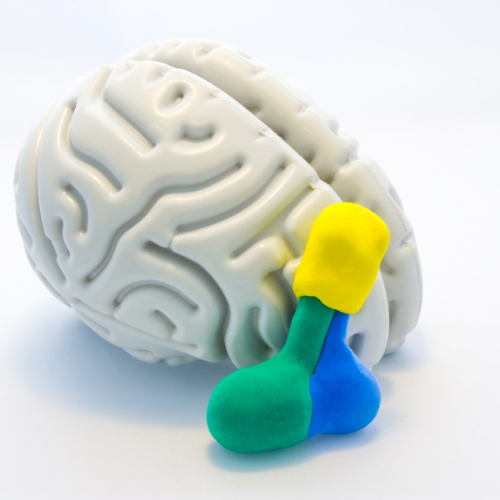
Pituitary Tumors Pituitary tumor occurs as a result of abnormal growth or proliferation of cells in the pituitary gland (an endocrine gland located in the brain). Depending on the type, size, and location of the tumor, various symptoms may occur. Pituitary tumors are divided into two groups: functional and nonfunctional tumors. Functional tumors cause hormonal […]
View in Detail